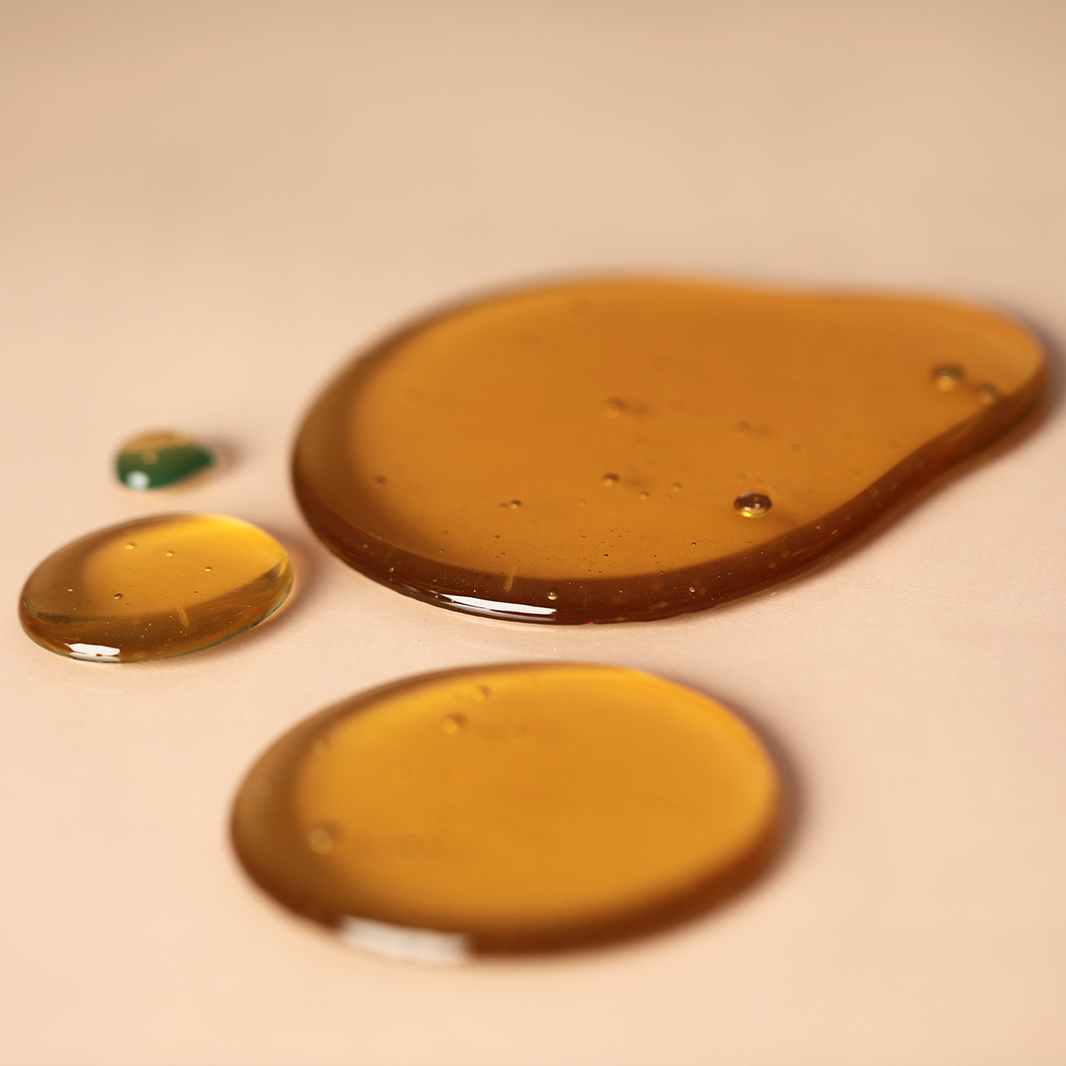When it comes to bee products, honey is the first thing that comes to mind. Although very commonly used, I believe it’s the least significant product that comes out of a hive. Honeybees offer much more complex and unique foods with higher nutrient density, yet they are rare to come by. Propolis and Royal Jelly are two to mention.
What is Propolis
The word is made out of pro and polis, translating into front and city respectively. This is a reference to the fact that propolis is a colony’s first line of defense against pathogens. It’s a sticky, resinous plant material collected by the bees to cover up their hive in order to prevent the microbes penetrating in. It’s a very rich source of antioxidants.
What is it good for?
The very compounds that show antimicrobial effects, flavonoids, phenolics and terpenes few to mention, are also the ones that are responsible for it’s health benefits. However propolis has a very low bioavailability in it’s natural state and needs to be extracted with alcohol.This process is crucial to get rid of the impurities beeswax and make the beneficial compounds available. Propolises effects on strengthening the immune system has been well researched (1).Other studies also show promising effects on tumor cells(2) and various cancers,including leukimea (3),colon cancer (4) and prostate cancer (5).
What is Royal Jelly and what is it good for?
Royal jelly is a white, jelly like bee secretion for the purpose of exclusively feeding the queen bees. Although the workers only survive for about 45 days, the queen bee grows two times bigger in size and lives up to 5-7 years while laying up about 2000 eggs a day. Royalactin, the main active protein, is responsible for the longevity of the queen. Royal Jelly shows potent anti-aging effects, especially on skin. It increases internal collagen production (6) and protects the skin from UV rays (7). Another active component unique to Royal Jelly, 10-HAD, also exhibits anti-cancer effects while inhibiting tumor growth (8).
Although the medicinal benefits of these two compounds were known since ancient Egypt and Greece, they have been absent in our modern diet, mostly due to inaccessibility. They also require an intensive process to create and are naturally produced in very small quantities. Further, both propolis and royal jelly are crucial for a bee colony’s health and well-being since they are both food and protection respectively. That’s why they should absolutely be harvested in a sustainable manner to keep the hive healthy.
References
http://www.eurekaselect.com/86499/article/molecular-mechanism-underlying-therapeutic-activities-propolis-critical-review
https://www.researchgate.net/publication/250278579_A_review_of_propolis_antitumor_action_in_vivo_and_in_vitro
https://www.ncbi.nlm.nih.gov/pubmed/15133255
https://www.ncbi.nlm.nih.gov/pubmed/19578776
https://www.ncbi.nlm.nih.gov/pubmed/17671687
https://www.ncbi.nlm.nih.gov/pmc/articles/PMC3359633/
https://www.ncbi.nlm.nih.gov/pubmed/21812645
https://www.ncbi.nlm.nih.gov/pmc/articles/PMC6214034/






